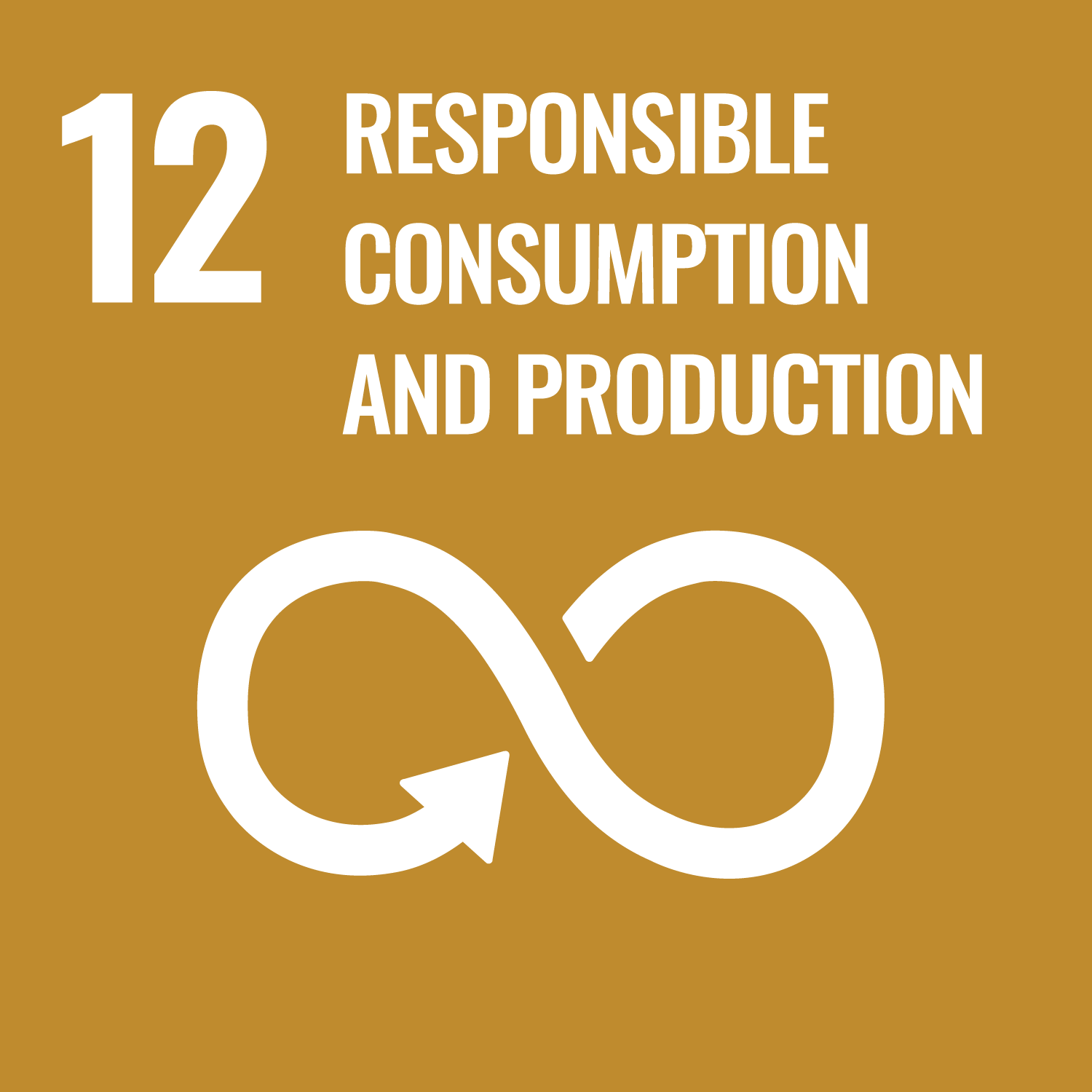We have studied basic thermodynamics and fluid mechanics, but in practice, there are many problems where heat and fluid are
combined, such as the problem of fins used for heat dissipation in electronic devices, and the problem of air conditioning.
In this course, we will use thermo-fluid simulations in order to visualise thermal and fluid phenomena. In addition to understanding
the phenomena through exercises, students will deepen their physical understanding of the calculation results by conducting
their own analysis and comparing the results with reference solutions obtained by analytical methods.
The objectives of this class are as follows: 1.
To learn how to visualize the complex phenomena of heat and fluid in our daily life.
2. To deepen the understanding of simulation and to confirm the validity of the method.
To learn how to visualize the complex phenomena of heat and fluid in our daily life.
2. To deepen the understanding of simulation and to confirm the validity of the method.
- To understand and be able to explain the calculation methods of simulation.
- To be able to evaluate thermal and fluid phenomena using commercially available software. To be able to evaluate them quantitatively and judge whether they are valid or not.
- Be able to propose directions for optimal design using simulation.
| Class schedule | HW assignments (Including preparation and review of the class.) | Amount of Time Required | |
|---|---|---|---|
| 1. | Heat conduction, convection and heat transfer, radiation | Chapter 2, Section 2.2.1) | 190minutes |
| 2. | Difference approximations for first and second order derivatives | Chapter 2, Section 2.2.2) | 190minutes |
| 3. | Stationary 1D Cartesian coordinate system | Chapter 2, Section 2.2, 4) 1) to 6) | 190minutes |
| 4. | Stationary two-dimensional Cartesian coordinate system | Chapter 2, Section 2.2.4) 7) to 10) | 190minutes |
| 5. | Thermal resistance and thermal conductance | Chapter 2, Section 2.3.1) | 190minutes |
| 6. | Steady-state 1D heat conduction problem Unsteady 1D heat conduction problem |
Contents of Chapter 3 | 190minutes |
| 7. | Midterm exam and explanation | Review of the first through sixth lessons and preparation for the midterm exam | 190minutes |
| 8. | Analysis of a heat transfer problem as an example | Chapter 3, Section 3.1. | 190minutes |
| 9. | Transient numerical analysis method | Chapter 3, Section 3.2. | 190minutes |
| 10. | Analysis of heat transfer phenomena | Chapter 4, Sections 4.1 through 4.7. | 190minutes |
| 11. | Pipe insulation problems | Chapter 4, Sections 4.8 - 4.9. | 190minutes |
| 12. | Calculating the concentration and diffusion of pollutant influx at the coast | Chapter 4, Section 4.25. | 190minutes |
| 13. | Natural convection and temperature calculation using flow functions | Chapter 4, Sections 4.28 - 4.31. | 190minutes |
| 14. | Final exam and explanation | Review of lectures 8 to 13 and preparation for the final exam | 190minutes |
| Total. | - | - | 2660minutes |
| Report | midterm examination | final exam | Total. | |
|---|---|---|---|---|
| 1. | 10% | 15% | 15% | 40% |
| 2. | 10% | 10% | 10% | 30% |
| 3. | 10% | 10% | 10% | 30% |
| Total. | 30% | 35% | 35% | - |
There will be a report (30 points), a mid-term exam (35 points), and a final exam (35 points), for a total of 100 points.
The report will be divided into two parts.
Of the 100 points, 60 points will be considered a passing grade. The criteria for passing this course include the ability to understand the analysis methods of simulation. In addition, the student should be able to calculate thermal and fluid phenomena using the simulation methods.
Translated with www.DeepL.com/Translator (free version)
Of the 100 points, 60 points will be considered a passing grade. The criteria for passing this course include the ability to understand the analysis methods of simulation. In addition, the student should be able to calculate thermal and fluid phenomena using the simulation methods.
Translated with www.DeepL.com/Translator (free version)
We plan to use the following books
Textbook: Simulation of Thermal Fluids with Excel and Mouse, 2nd Edition (with CD-ROM), co-authored by Iwai, Maruzen Publishing Co. in Japanese
Textbook: Simulation of Thermal Fluids with Excel and Mouse, 2nd Edition (with CD-ROM), co-authored by Iwai, Maruzen Publishing Co. in Japanese
- Course that cultivates an ability for utilizing knowledge
| Work experience | Work experience and relevance to the course content if applicable |
|---|---|
| N/A | 該当しない |


- 9.INDUSTRY, INNOVATION AND INFRASTRUCTURE
- 12.RESPONSIBLE CONSUMPTION & PRODUCTION
Last modified : Fri Mar 18 22:05:18 JST 2022
